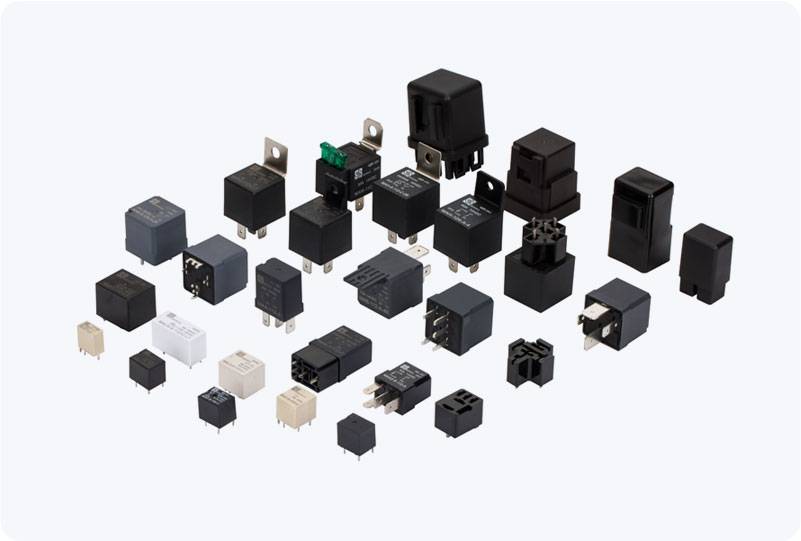Ground Fault Relay (GFR) is an essential protective device used in electrical systems to detect and respond to ground faults. These faults occur when electrical current unintentionally flows through the ground, posing significant risks such as equipment damage, fires, or even electric shock to individuals. The Ground Fault Relay works by monitoring the flow of current in the electrical system, identifying discrepancies, and taking immediate action to isolate the faulty circuit. This article explores the importance, working principles, and applications of Ground Fault Relays, emphasizing their role in safeguarding both electrical systems and human lives.

What is a Ground Fault Relay? A Ground Fault Relay is a device designed to detect ground faults in electrical circuits. Ground faults typically occur when the electrical current leaks from an insulated conductor and makes contact with the earth, which can result in damage to electrical equipment, power outages, and hazardous situations like electrical fires or electric shocks. A Ground Fault Relay identifies these anomalies and disconnects the faulty circuit to prevent further damage or accidents. The Function of a Ground Fault Relay The primary function of a Ground Fault Relay is to monitor the electrical system for ground fault occurrences. In normal operation, current flows along the intended path from the power source to the load. However, when a fault occurs, there is an imbalance in the current, and some current flows through the ground. A Ground Fault Relay detects this imbalance, usually through the monitoring of zero-sequence current, and activates to either alarm or trip the circuit, preventing dangerous outcomes.